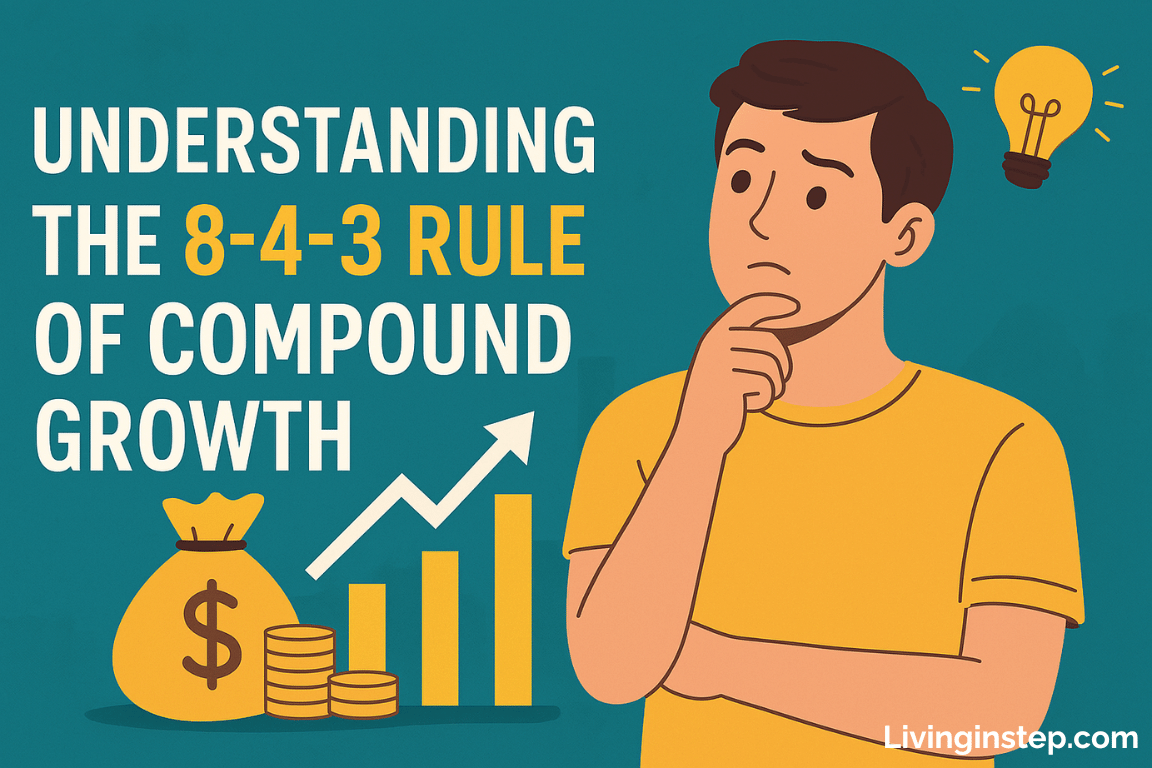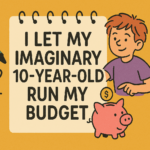Everyone talks about compound interest
But almost no one talks about how slow it feels in the beginning
It’s frustrating
Discouraging
And honestly
a little boring
You put your money in
You stay disciplined
You do everything “right”
And for years
it barely moves
But then something strange starts to happen
And that’s where the 8-4-3 rule comes in
What is the 8-4-3 rule?
It’s a simple way to understand how compound growth actually feels over time
- Your money takes about 8 years to double the first time
- Then 4 years to double again
- Then just 3 more years to double again
Same return rate
Same account
Nothing fancy
Just time
And patience
Why does it work like this?
Because compound interest isn’t linear
It’s exponential
That means the bigger your balance gets
the faster it grows
You’re not just earning interest on your original money
You’re earning interest on your interest
And then interest on that
So while the first doubling might feel painfully slow
The next one shows up faster
And the one after that?
Even faster
Real numbers, real impact
Let’s say you start with $10,000
And your investments earn a 7–9% return annually (a common long-term market average)
- After 8 years → ~$20,000
- After 4 more years → ~$40,000
- After just 3 more years → ~$80,000
That’s not luck
That’s math
And the only thing it needed was time
Why the first stretch feels impossible
The hardest part of any savings journey
is the beginning
You’re adding money by hand
Checking balances that barely budge
Watching others seem to move faster
And wondering if any of this is even working
The truth?
It is working
But the payoff comes later
Compound growth is sneaky
And most people give up
right before it gets interesting
Most people never see the second double
Because they stop
They get discouraged
They assume it’s not for them
Or that the market isn’t working
Or that they’re just “bad with money”
But it’s not about talent
Or timing
Or luck
It’s about staying in long enough
to let the math do its job
The people who get ahead
aren’t always the smartest
They’re just the ones who didn’t quit early
Time becomes your best friend
Once you get past that first double
everything changes
Your account starts to grow faster
Your monthly contributions matter more
You stop relying solely on effort
and start watching your money carry some of the weight
That’s when it feels real
Not theoretical
Not forced
And it becomes obvious
Why people say compound interest is magic
It’s not because it’s dramatic
It’s because it’s consistent
So what’s the takeaway?
The 8-4-3 rule isn’t a guarantee
But it is a pattern
And it’s a powerful way to understand
why investing feels hard at the start
and gets easier over time
You don’t need to see big wins right away
You just need to stay long enough
to see what your money is actually capable of
The first double is the slowest
But it’s also the one that makes everything else possible
Note: This content is for entertainment purposes only and is not financial advice. Please consult a qualified financial advisor for guidance specific to your situation.








